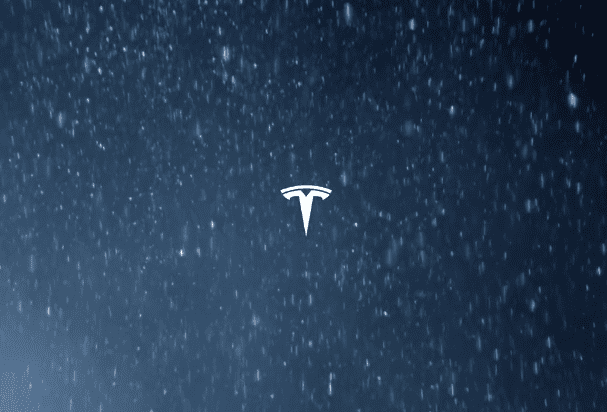On Wednesday, Elon Musk‘s EV manufacturer Tesla announced a net income of $2.7 billion for Q2 2023, representing a 20% increase compared to the same period last year. However, the company’s profits were affected as it once again slashed the prices of its electric vehicle (EV) models, resulting in reduced automotive margins. The Strong sales culminated in a record-breaking Q2 delivery of 466,140 vehicles. Tesla also announced an 84-month auto loan to boost car sales.
The Tesla Auto Loans
Tesla is trying to boost car sales despite high interest rates. The carmaker started offering consumers 84-month auto loans after Elon Musk said the carmaker would “have to do something” about rising interest rates.
The company now includes seven-year loans as an option on its US order pages after previously offering loans for 72 months. While extending loan terms can lower car buyers’ monthly payments, consumers tend to pay more in interest and face greater risk of owing more than their vehicle is worth.
Strong Supercharger Network
Tesla’s gross margins dropped to 18.2%, marking the second consecutive decrease this year, declining from 25% in Q2 2022 to 19.3% in the previous quarter.
The company’s revenue for the quarter roughly matched Wall Street estimates, reaching approximately $25 billion, a substantial 50% increase from the same period in the previous year when sales amounted to $16.9 billion. The majority of the revenue came from automotive sales, totaling $21.3 billion in Q2. Notably, $282 million of this revenue came from federal tax incentives.
Tesla’s Supercharger network experienced growth, with a 33% increase in the number of stations and a 48,082 connector count in the second quarter. The company has been opening its Superchargers to other automakers, such as Ford, General Motors, and Nissan, which might have contributed to the network’s expansion.
While energy generation and storage revenue remained steady compared to the previous quarter, it saw a substantial 74% year-over-year growth. Tesla’s operating margin decreased slightly from 11.4% in Q1 to 9.6% in Q2.
Tesla’s Full-Year Outlook
Tesla‘s full-year outlook remains unchanged, with the company expecting to stay ahead of a long-term 50% compound annual growth rate (CAGR) and aiming to deliver around 1.8 million vehicles in 2023. In Q1, Tesla delivered 422,875 vehicles globally, which rose by 10% to 466,140 units in the second quarter. If this trend continues, the company may reach close to 2 million units by the year’s end.
However, Tesla’s CEO, Elon Musk, disclosed that Q3 production would slightly decrease due to planned factory upgrades. He also acknowledged the uncertainty of macroeconomic conditions, which could positively and negatively impact the company’s execution in the near term.
Despite recently completing its long-awaited Cybertruck production at Giga Austin, few details were provided during the earnings report, leaving investors and analysts eager for more information.
Musk remained optimistic about future demand for Tesla vehicles, emphasizing that the Cybertruck incorporates new technology, and its production ramp-up speed would be determined by the supply chain’s slowest and least likely elements.





